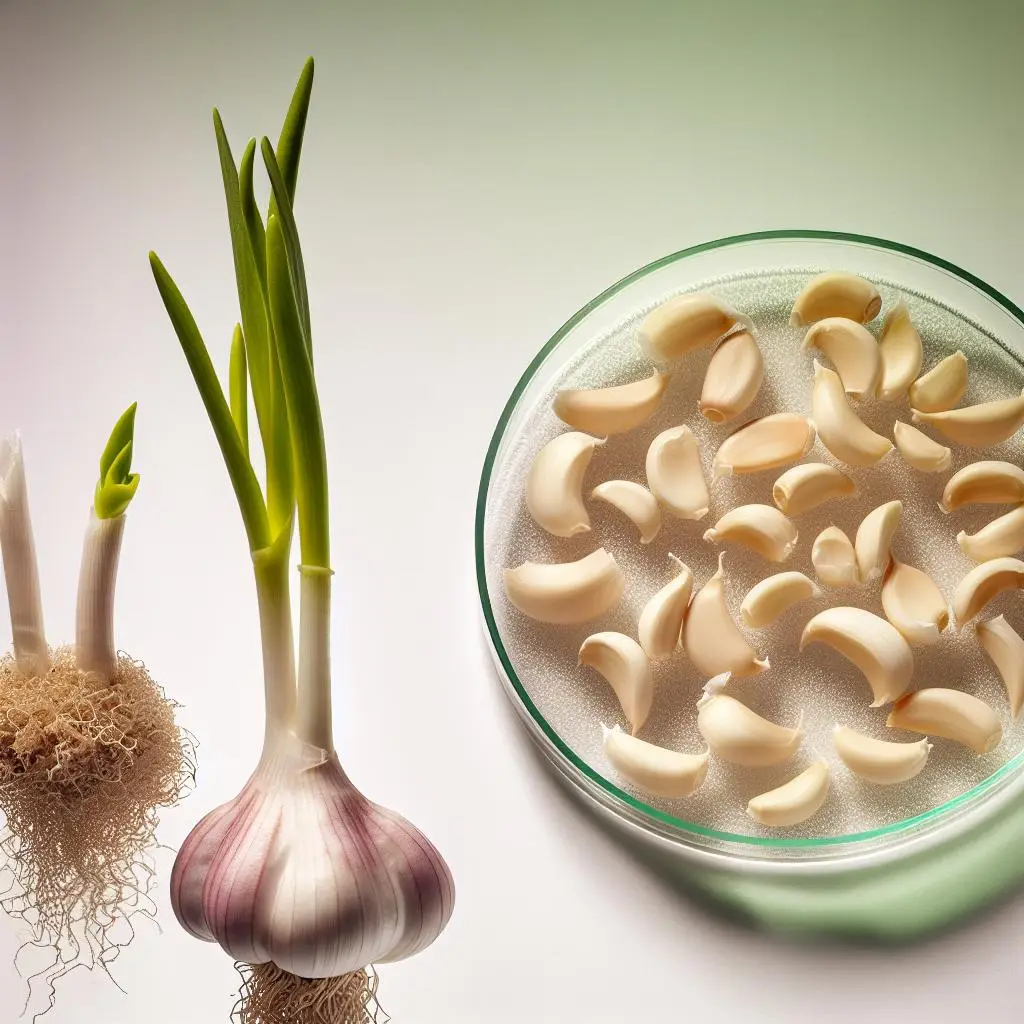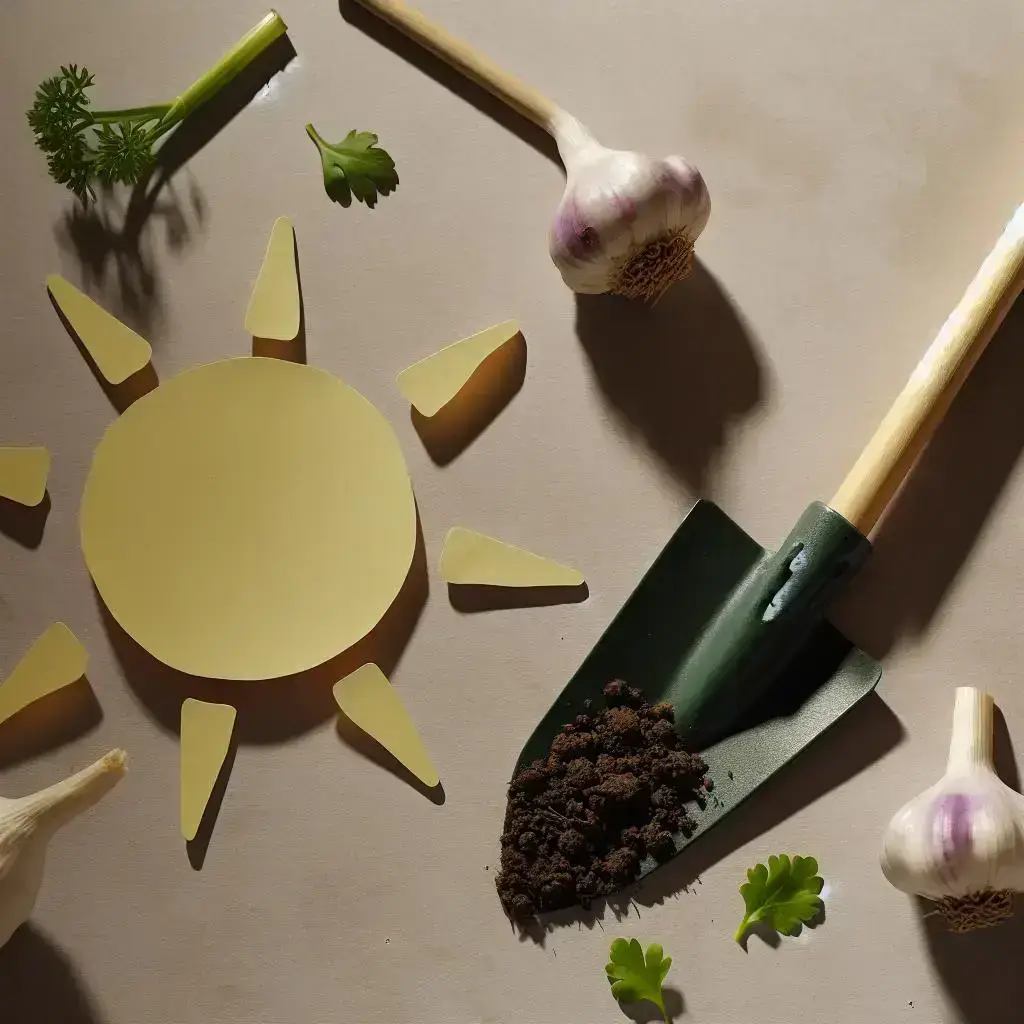Garlic may seem humble, even ordinary. You buy it for a pound or two. You throw it in the pan. You enjoy the result and move on. But behind that simple clove lies a powerful global network of growers, traders, processors, innovators, and consumers.
Garlic is not just a pantry staple. It is an economic engine. In fact, garlic is one of the most widely traded vegetables in the world. From small farms in India to high-tech greenhouses in the Netherlands, garlic fuels livelihoods, industries, and entire export markets.
This is garlic’s less-talked-about identity: not just superfood, but super commodity. A raw material with real economic weight, long-term global demand, and surprisingly modern business applications.
Let’s explore how garlic became a global force, and why it continues to be a quietly booming market.
A Crop with Global Reach
Garlic is grown in over 80 countries, on every continent except Antarctica. It adapts to a wide range of climates and soils. It stores well, transports easily, and doesn’t spoil quickly, which makes it a dream crop for global supply chains.
The numbers are striking.
-
China is by far the world’s largest producer, responsible for more than 70 percent of global supply.
-
India comes second, followed by Bangladesh, Egypt, South Korea, and Spain.
-
In Europe, countries like France, Italy, and Romania produce high-quality, often organic garlic for gourmet and medical use.
Some garlic is grown for flavour. Some for supplements. Some is even farmed purely for export, sold into global markets where garlic cannot grow year-round.
This is not niche farming. It is large-scale agriculture with strong cash flows.
Garlic as a High-Margin Product
Garlic is also highly versatile in its economic potential. Raw garlic may be cheap, but when it is processed, aged, fermented, or refined into extracts, its value rises dramatically.
Let’s break it down:
|
Form |
Use Case |
Relative Value |
|---|---|---|
|
Fresh cloves |
Cooking, food prep |
Low to medium |
|
Garlic paste or puree |
Commercial kitchens |
Medium |
|
Garlic powder |
Packaged foods, spice blends |
Medium |
|
Black garlic |
Gourmet, health market |
High |
|
Aged garlic extract |
Supplements, pharma |
High |
|
Garlic oil |
Culinary and cosmetic industries |
Medium to high |
|
Garlic-based fertilisers |
Organic farming inputs |
Emerging |
|
Garlic bioplastics |
Packaging and material science |
Experimental but growing |
Black garlic, for example, sells at 10 to 20 times the price of standard garlic by weight. It is used in restaurants, food innovation labs, and premium supplements for its antioxidant richness and umami taste.
Aged garlic extract, used in cardiovascular support supplements, is one of the few natural products with consistent clinical backing, allowing brands to charge a premium. This extract is now a multimillion-pound market segment on its own.
Export Power and Local Impact
For many developing nations, garlic is a vital export. In Egypt, for instance, garlic is one of the top five agricultural exports, bringing in significant foreign revenue. In India, garlic farming supports hundreds of thousands of smallholder farmers who rely on seasonal harvests for income.
At the same time, the garlic economy also supports highly developed supply chains, especially in Europe. Organic garlic from France and Spain is protected under regional appellations. These varieties are marketed not just as food but as culinary heritage. That distinction allows producers to charge more while supporting traditional, eco-friendly farming models.
In both cases, garlic creates value. It boosts local economies while feeding global ones.
Innovation in the Garlic Space
Garlic is not standing still. Its economic value is being driven by innovation across multiple industries:
Functional Foods and Nutraceuticals
Garlic is increasingly used in product formulations for heart health, immune support, and gut function. The supplement industry relies on garlic extracts with standardised active compounds. Brands now invest in clinical research to differentiate their garlic-based products, raising both quality and price.
Bioplastics and Waste Valorisation
Researchers in the UK, the US, and parts of Asia are exploring how garlic skins, typically discarded as waste, can be transformed into biodegradable plastics. Early results suggest garlic-based films are antimicrobial and compostable, offering sustainable packaging alternatives.
Garlic as Natural Pesticide and Fertiliser
Garlic is now used in organic farming as a natural pesticide, due to its strong antifungal and antibacterial properties. This is especially important in regenerative agriculture and closed-loop systems where chemical inputs are discouraged.
Controlled-Environment Agriculture (CEA)
In countries with limited growing seasons, garlic is increasingly grown in greenhouses using hydroponics and vertical farming. These systems optimise yield and allow garlic to be produced locally, year-round.
These trends are pushing garlic from low-tech farming into the world of biotech, sustainability, and functional innovation.
Market Trends to Watch
The global garlic market is expected to surpass £30 billion by 2027, growing steadily each year. The demand is fuelled by:
-
Rising interest in natural and preventative health
-
Growth of plant-based eating
-
Expanding use of garlic in cosmetics, animal feed, and agritech
-
Increased availability of premium garlic products in supermarkets and online platforms
In the UK alone, we are seeing more diversity in garlic offerings: smoked garlic, elephant garlic, organic braids, and black garlic spreads now line the shelves alongside regular bulbs.
Consumers are no longer buying garlic. They are choosing it, much like they do wine or cheese.
Garlic Means Business
From field to pharmacy, from farmer to investor, garlic continues to deliver value across the supply chain. It feeds people, heals bodies, drives exports, creates new products, and supports entire ecosystems.
And perhaps most importantly, garlic does all this quietly. It is not flashy. It is not trendy in the way some wellness ingredients are. But it is reliable, scalable, and increasingly, profitable.
That is the very definition of a modern business asset.
A Final Thought
Next time you see a bulb of garlic in your kitchen or at the supermarket, remember this: you are not just looking at a flavour enhancer. You are looking at a crop that powers economies, supports innovation, and builds bridges between health, commerce, and sustainability.
Garlic is one of the few foods that holds cultural, nutritional, economic, and ecological value all at once.
That makes it much more than a superfood.
It makes it a super asset.
Superfood…
















